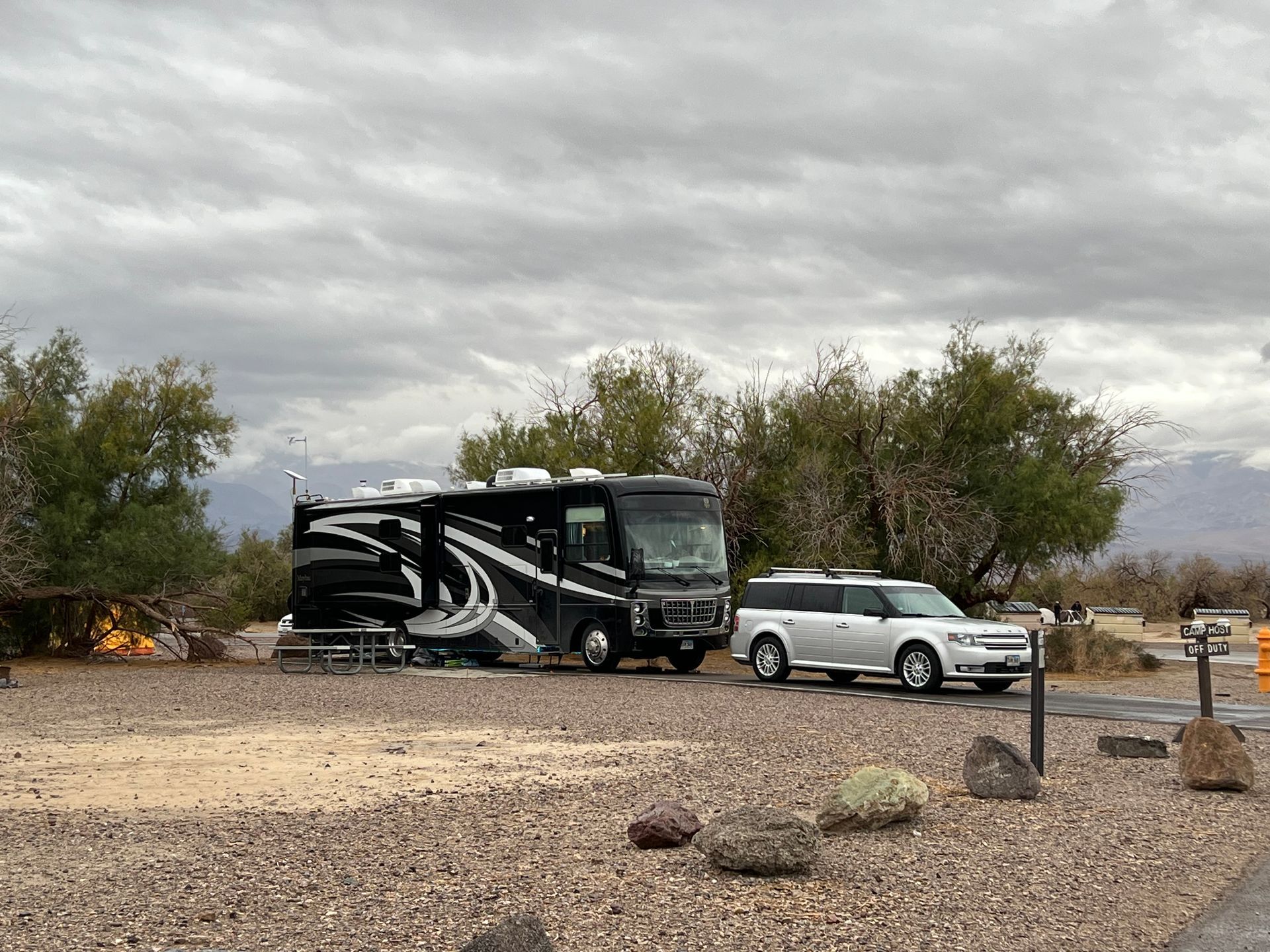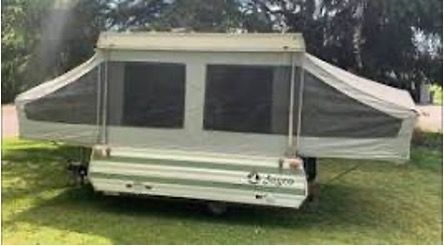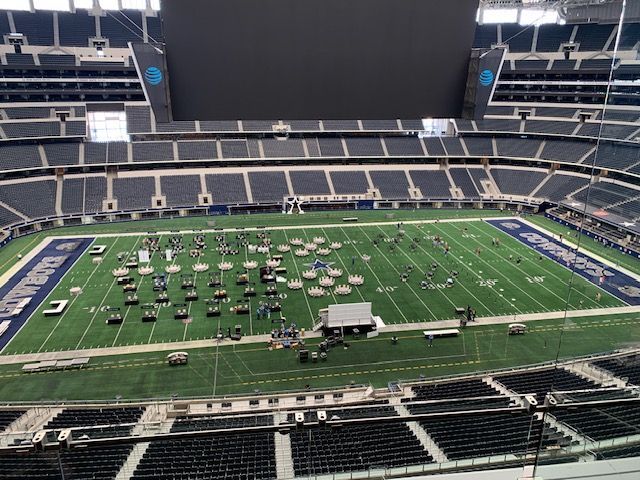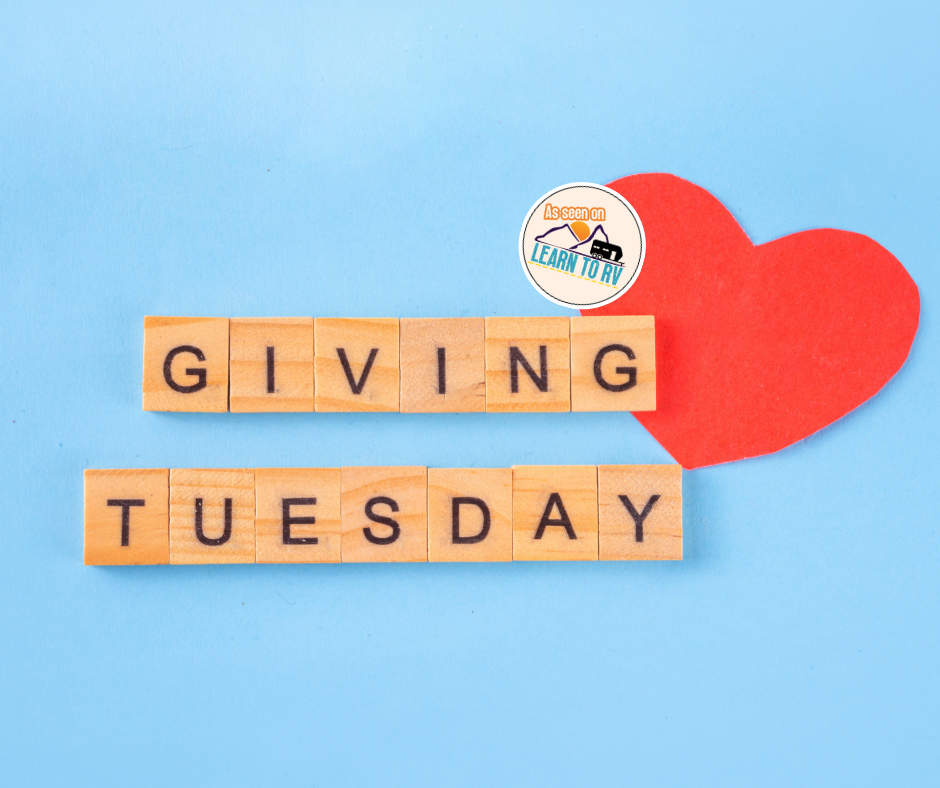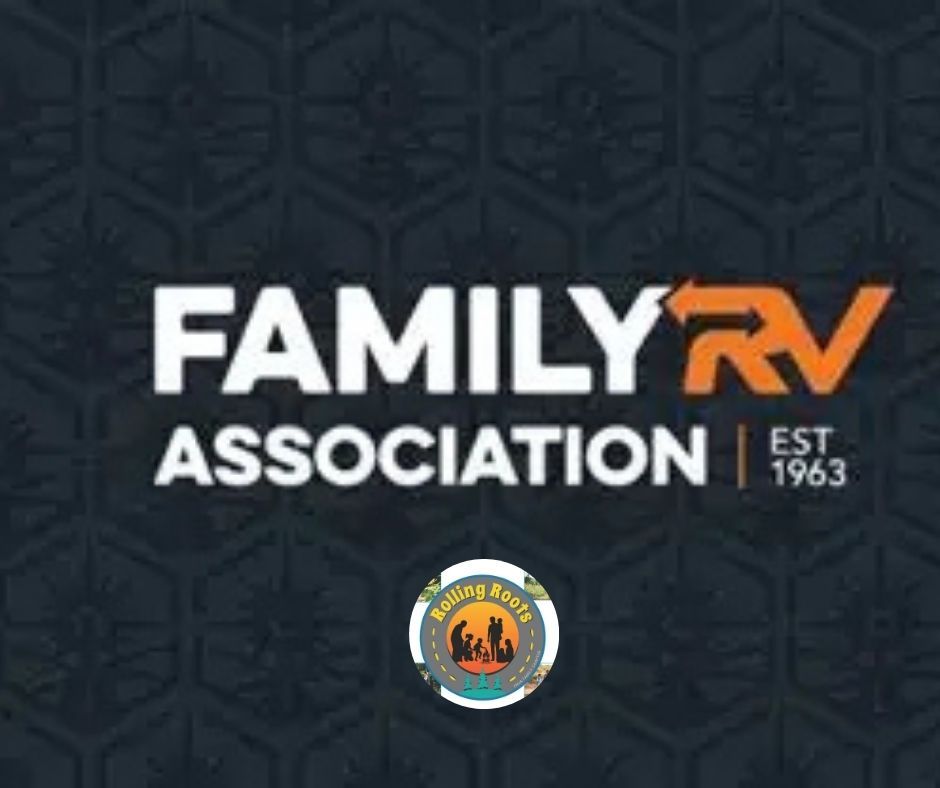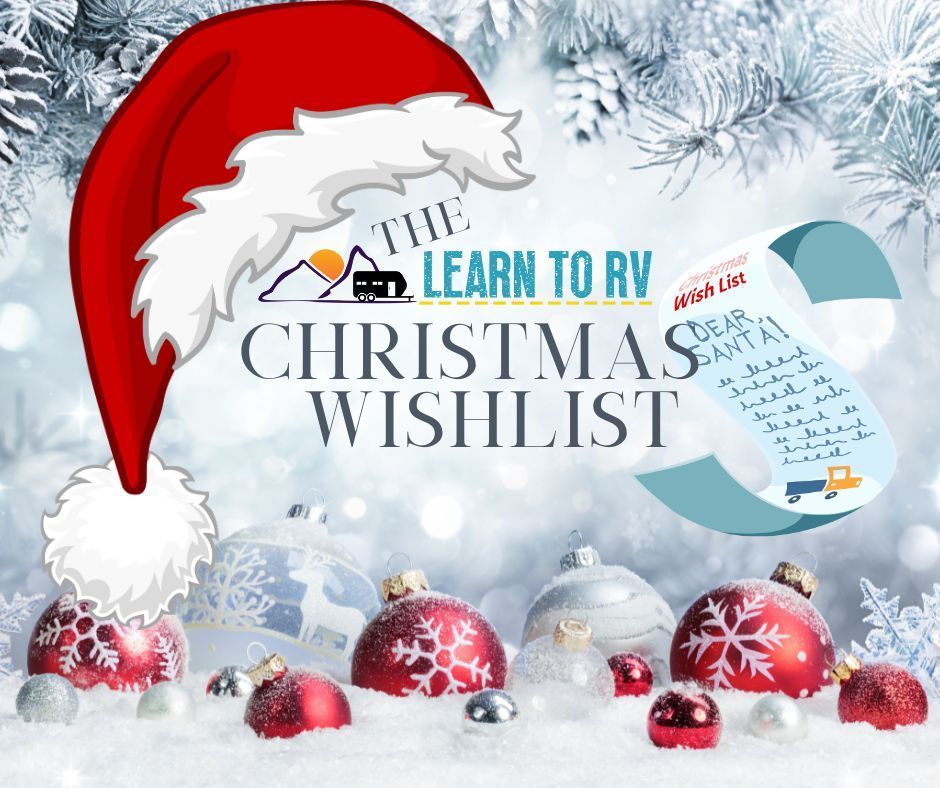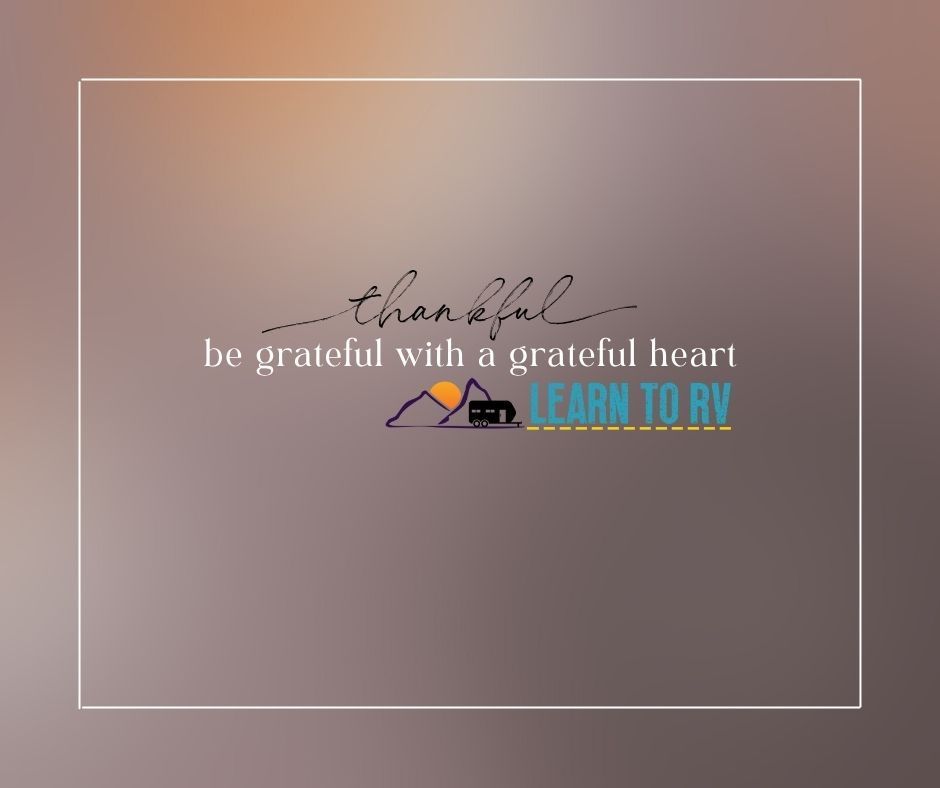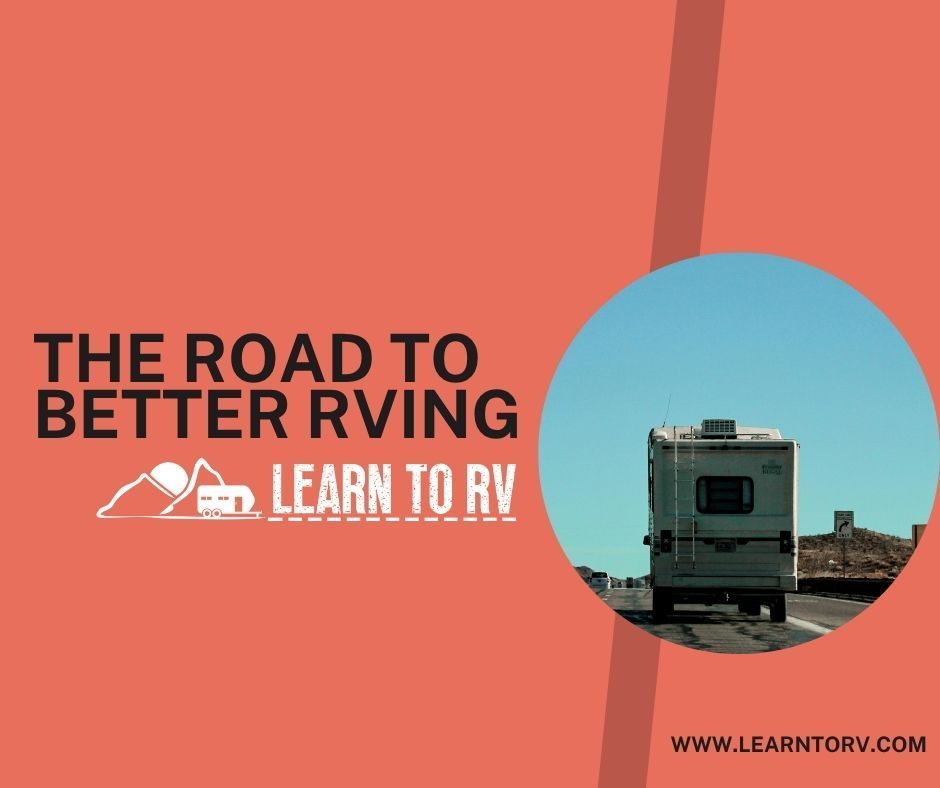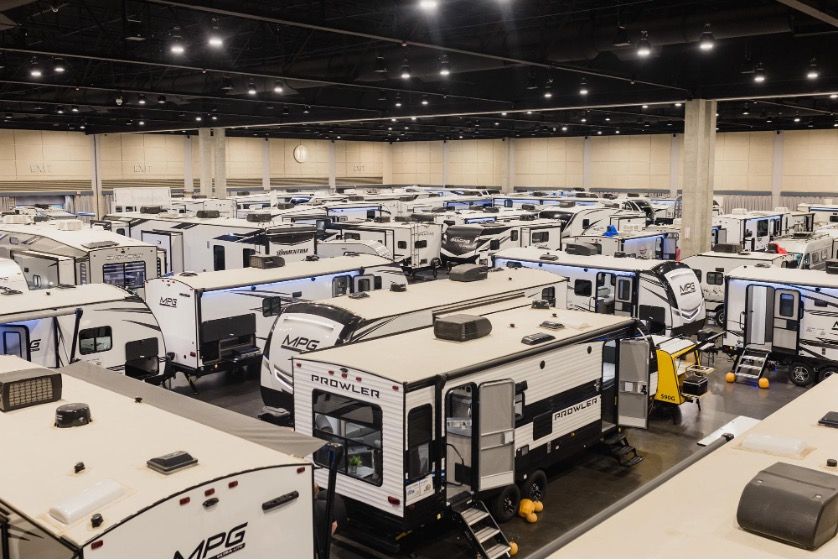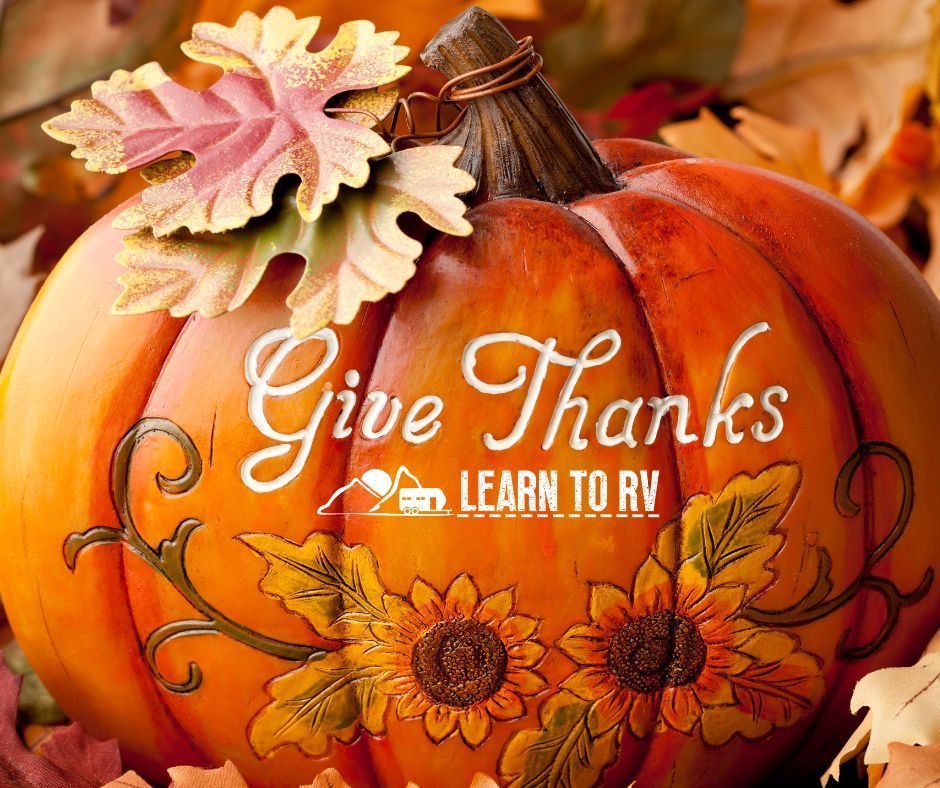When the Dream Changes: Finding Joy in a Different Kind of RV Life
Cathy Weaver • October 14, 2025
A story of love, loss, lessons, and the road that still calls our name.
I have dreamed of traveling since I was a young girl. I owned a subscription to National Geographic. I randomly bought Lonely Planet travel books to destinations unknown. My TV was glued to The Travel Channel. I had coffee table books and paperbacks and random pamphlets and guides to random countries. I poured over maps and guidebooks. My sole purpose was to travel the world and experience it all. I had a plan and a mission.
And then I fell in love, got married, and had kids. And all those plans and missions became distant memories. And although I wouldn’t change anything, I look fondly back to the few times I did manage to experience new cultures and interesting people and amazing encounters. So, when I had the opportunity to travel the US full time with my kids and my husband I jumped on it. A little prematurely, as time would show me.
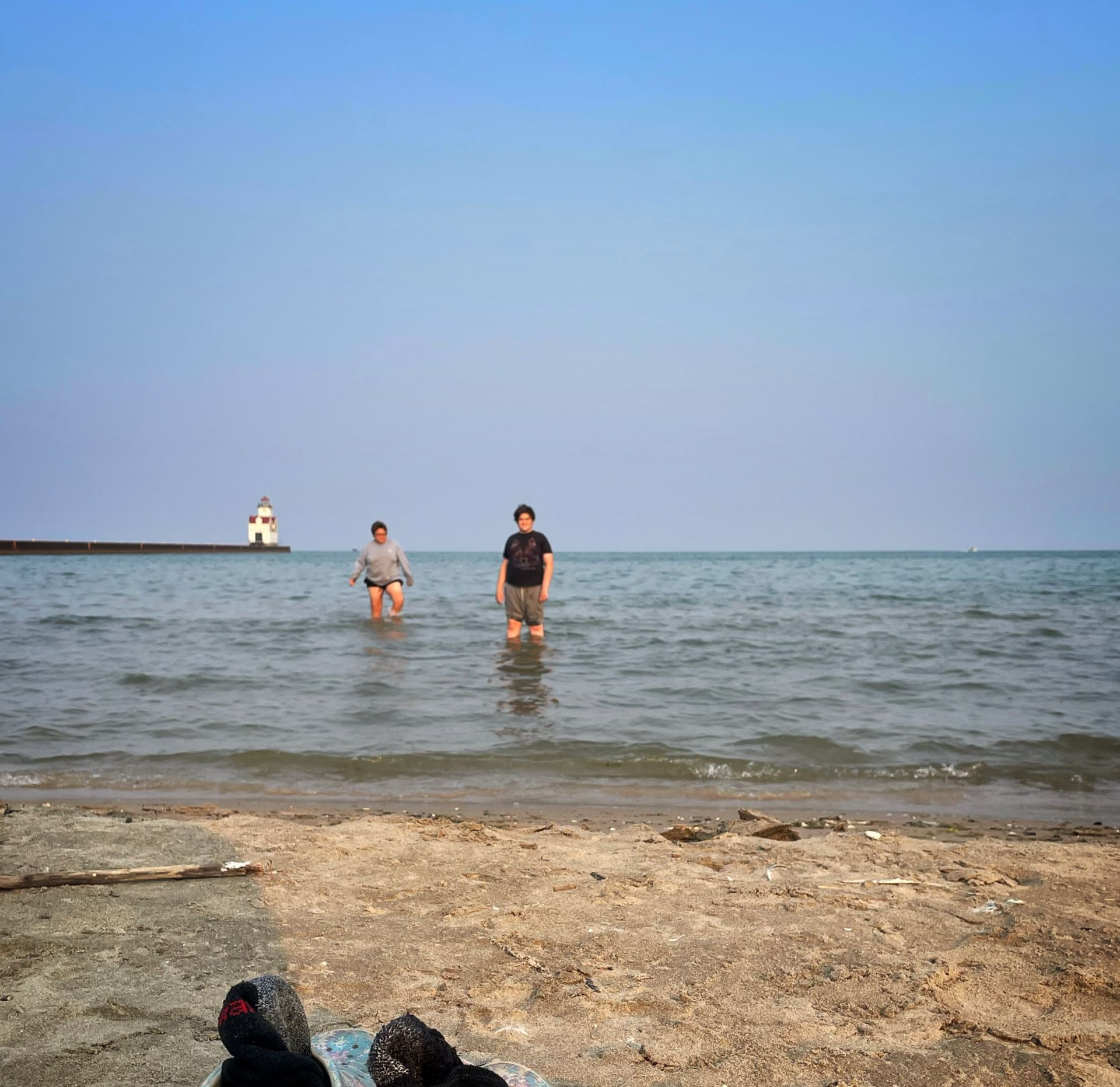
After a house fire left our home unlivable, we bought a little travel trailer to live in while the house was redone from the bones up. It took 18 months to complete. It was beautiful and perfect and exactly what we wanted. It had also doubled in market value, leaving us with the ability to sell our perfect little home to buy a 5th wheel and a truck outright.
Armed with 0 payments, a Thousand Trails membership, contract work for my husband, and a simple plan, we hit the road. And oh! What a glorious time it was! We caught live ghost crabs on the beaches of North Carolina; we visited the NASA US space and rocket center in Alabama. We went to the top of the St. Louis Gateway Arch and stood on the starting point of the Lewis & Clark trail to find the source of the Missouri River. We visited Amish Country in northern Indiana and saw firsthand their skills in woodworking and quilting. We learned how quilts were used in the underground railroad for escaped slaves seeking a better life. We swam in Lake Michigan and visited dairy farms and realized just how much food is needed to feed a nation, and what a pivotal role farming and farmers play in the food chain. It was wonderful and magical, and a lifelong dream come true.
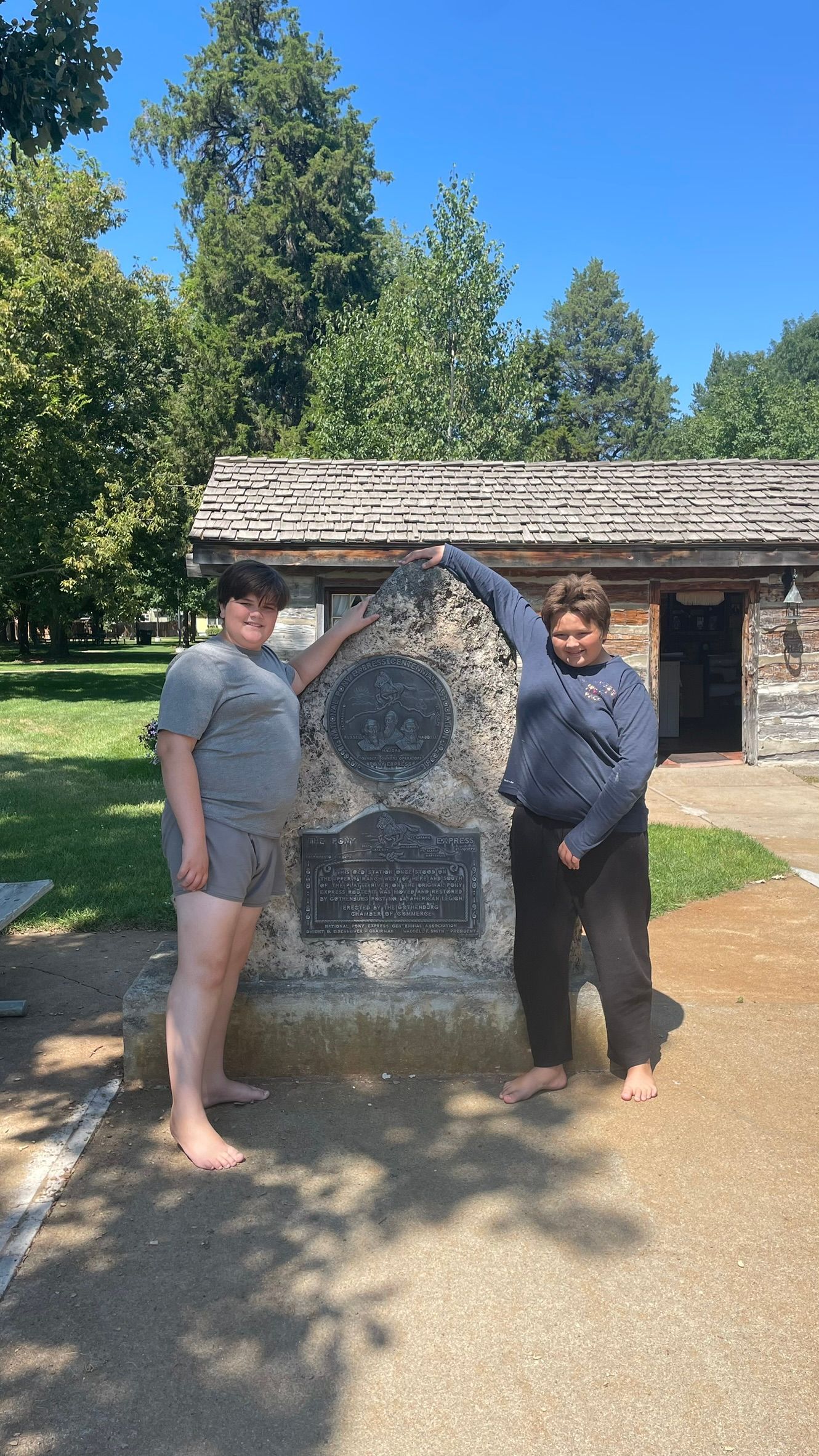
I was really traveling, seeing the country and all it had to offer. And even better I was able to share it all with my family. I was happy. But underneath all this a dark cloud was forming. Tim’s contract work had died off before it even started, and we were starting to run on fumes. We were out of money, but not out of hope. We sold stuff, pawned items, and did gig work trying to make it work. And in the meantime, we were still seeing all the country had to offer. We went to free parks and museums, we picnicked on beaches and in forests, we drove around looking at and searching for unique landmarks and landscapes. Google and Atlas Obscura were my guides. I would make notes of free places to visit while I was out DoorDashing. All the while our cupboards were emptying and not being refilled, things were breaking and falling apart and not being fixed, and gas was dwindling and not being refilled.
I pawned my wedding and engagement ring.
Tim sold his precious collectable cards.
We cashed in our retirement savings.
And we continued. We watched magnificent sunsets over fields of corn and sunrises over mountains. We strolled through city parks and swam in lakes. We visited libraries and gaming stores. We walked along the Cincinnati riverfront and visited the boyhood home of President Taft. In Wisconsin we ate cheese in the cheese capital of the world and ate Brats from the Johnsonville Sausage world headquarters. We discovered local markets and awed at amazing architecture.
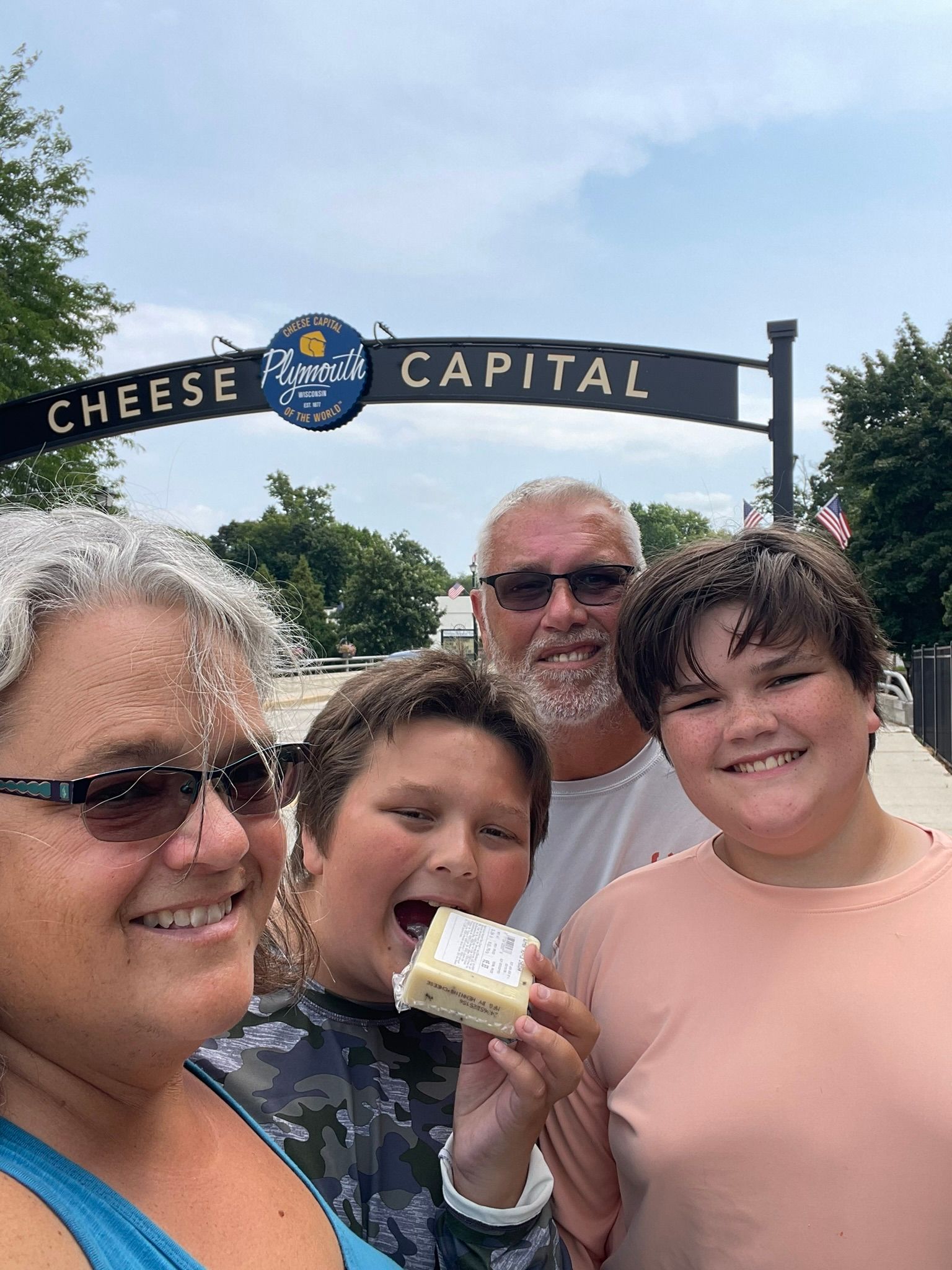
But now we were flat out of money. We begged from our friends. We set up a GoFundMe. We went to local food banks and churches looking for help. We were desperate and scared. Our sons celebrated their 13th and 14th birthdays with a balloon and a chocolate bar for their gifts. We cried and yelled and fought.
By this time Tim had applied for hundreds of jobs, most of them we realized too late were scams or MLMs that we had no interest in. I was applying for WorkCamping jobs everywhere I could. And that’s when a gift presented itself to us in the form of RV Roofing Solutions. Tim got hired as a roofing specialist to replace old or leaky roofing on RV’s and 5th wheels. Oh, Hallelujah! What a blessing this wonderful family-run company was to us! They were so amazing at giving us the opportunity to work for them, and it meant that we could continue to travel!
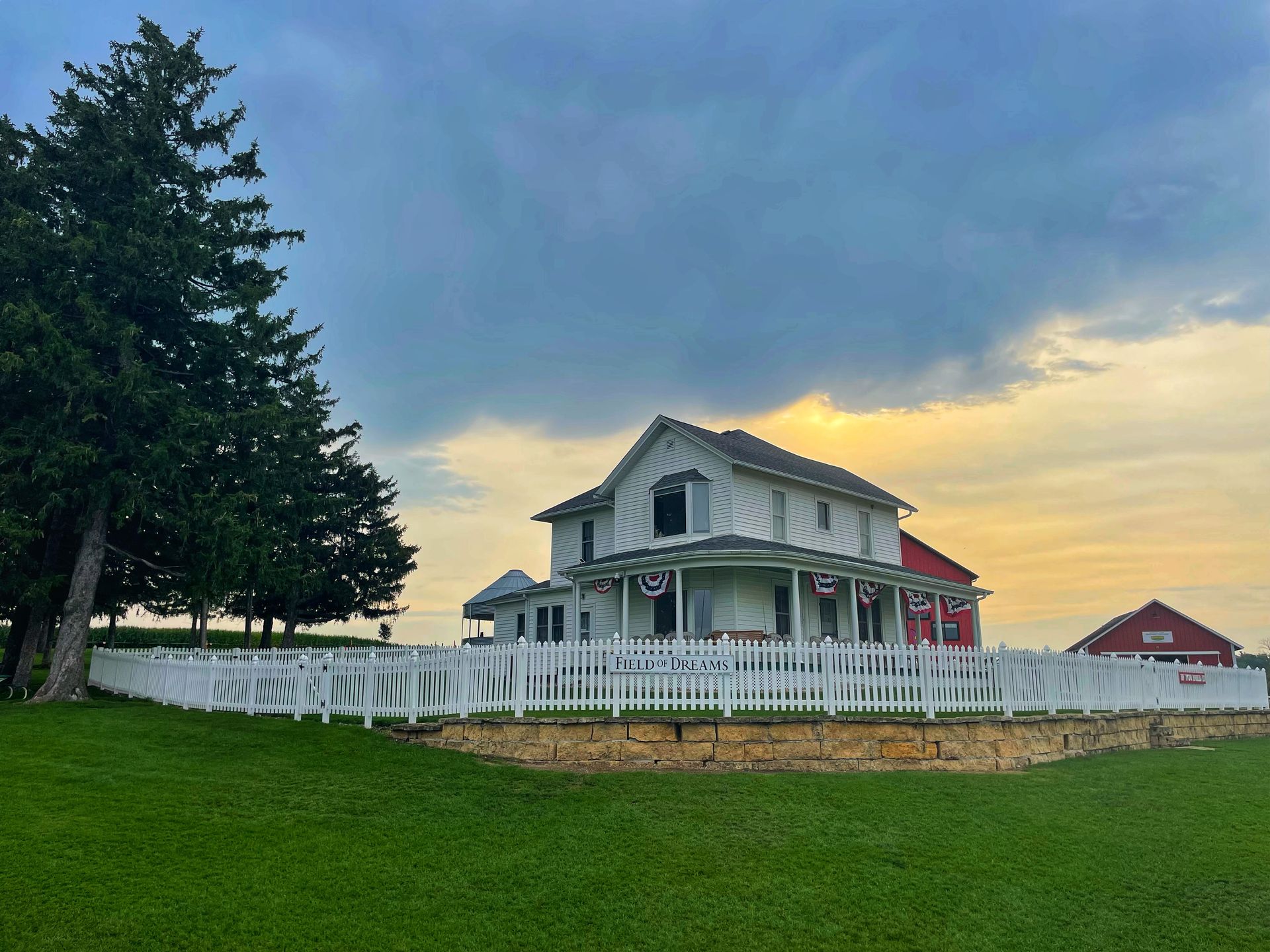
In Iowa we visited the movie site of Field of Dreams, in Nebraska we followed the Oregon Trail and visited an original Pony Express station. We met farmers who took us on tours of their properties and drank with the owners of wineries. In Colorado we learned about the mining of Uranium and the state’s involvement in the cold war. We hiked in the Rocky Mountain National Park and visited the highest visitor center in the country. We went to local swimming holes and drank at local coffee shops. We hiked in the Garden of the Gods and visited the WWII aviation museum. We flew flight simulators and hiked to the top of Castle Rock. We even adopted a new dog after losing our sweet Callie the WonderPittie to an extreme heat wave a few months earlier.
But alas, it was unfortunately too little, too late. Our vehicles were in extreme disrepair at this point. Our cupboards and fridge remained bare. Our RV was falling apart. And although we were now getting paid from doing roofs, it just wasn’t enough to cover the traveling and fill the fridge. We borrowed more money. We begged at more food banks. We were stranded in a Cracker Barrel parking lot with no electricity or water in Kansas. And we made the hardest decision ever. We had to stop traveling. After a mere 6 months, my lifelong dream was over.
And so here we are, back in St. Louis. Tim swallowed his pride and got his old job back. We were able to find a long-term spot to park and live in our RV while we completed all the repairs that it needed. And I very quickly fell into a depression that affected my whole family. I was bitter, and mad, and very, very, very sad. I hated the spot we were in. I hated being back in St. Louis. I hated Tim’s new job and his new hours. I could not find joy in anything I did or saw or heard or watched. I was miserable and made everyone else around me miserable.
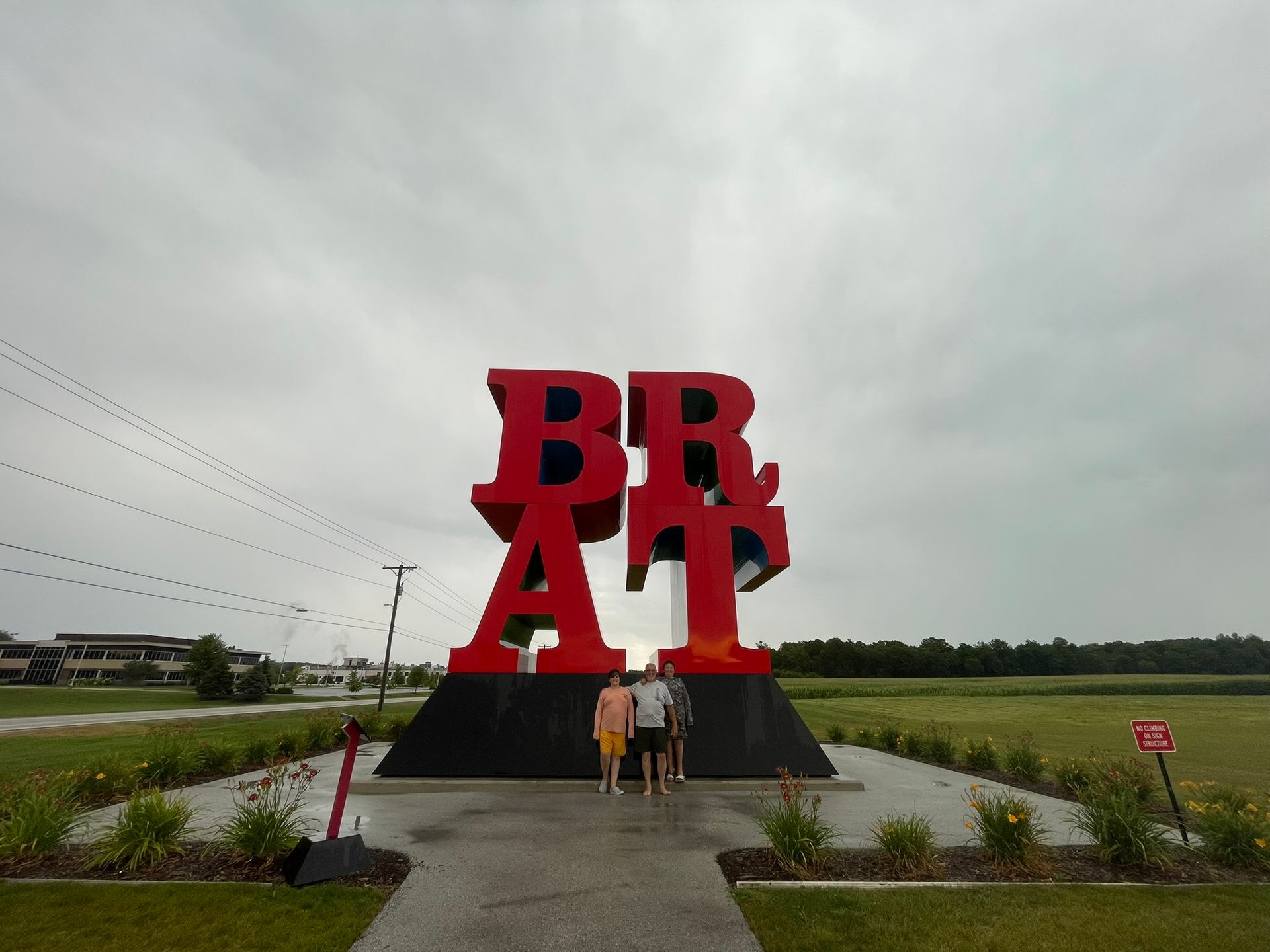
Then one day Tim gave me a good firm talking to. He was able to make me get my head out of my ass and start making an effort to enjoy and be appreciative of what I have. We are slowly getting back on our feet, repairing all the things that need fixing, and repaying loans from amazing friends. We’re taking day trips to fun areas around us. I’m reconnecting with old friends. Things are slowly getting better, and it’s making me able to believe that this is not the end for us. And just because we’re not full time traveling anymore doesn't mean we’re not still full time RVers. I’m still part of the club, it’s just different to what I imagined. And now I know that different doesn’t mean worse or better. It’s just different.
Do I regret our decision? Not one bit. Would I recommend this lifestyle to other people considering jumping in? 100% My biggest recommendation would be to not put all your eggs in one basket, income wise. In our months of research we did before we made the leap, I heard others time and again say they have more than one stream of income. Our biggest mistake was relying on the one job we had lined up. When that almost immediately fell through, we were left scrambling. And now we’ve learned what not to do next time.
Because there will be a next time. We will get back on the road. We will be traveling full time again one day. Until then, I’ll find joy in the everyday and go back to pouring over maps and destinations unknown and dreaming of and planning for what I have always wanted to do . Travel.
If you would like to share your story, fill out our form to be considered!
Other blogs you might like...
